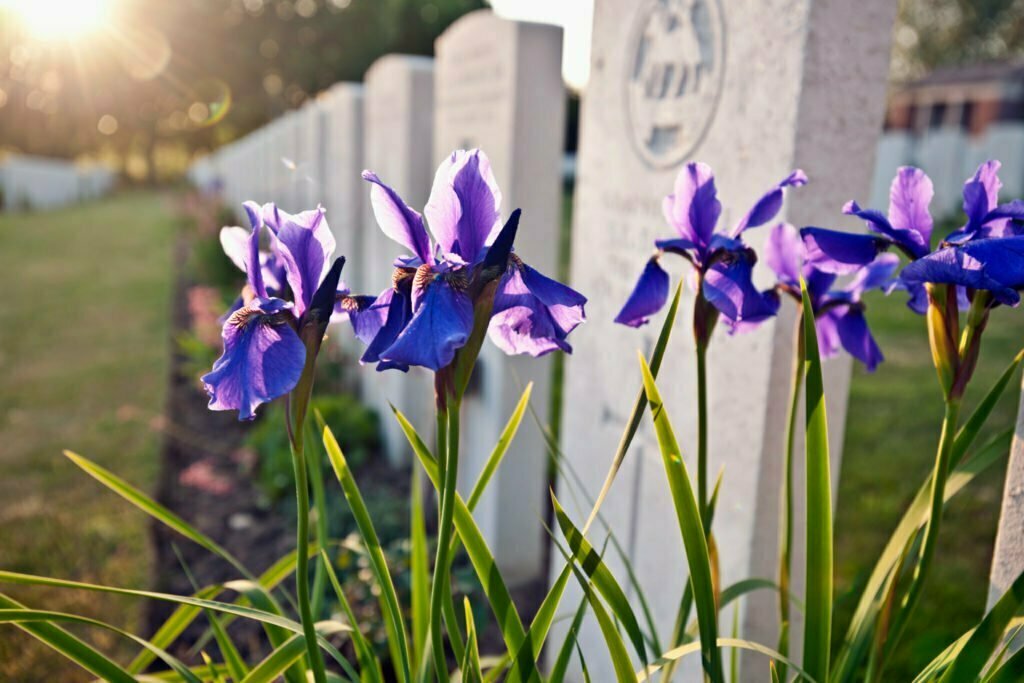As our population grows and becomes more environmentally conscious, cremation is becoming a more popular choice for handling human remains. Cremation has many environmental benefits to consider when weighing your options. If you’re interested in learning more about the advantages of cremation over a traditional burial, take a look at this helpful guide.
Land Preservation

With traditional burial, cemeteries take up valuable land that could be used for other purposes. Cremation eliminates the need for cemeteries and reduces the amount of land needed for burials by 80 to 90 percent. For families who want to bury cremated remains for religious reasons, a keepsake urn still requires much less land than a traditional casket. There are also many ways to honor the deceased without requiring a plot of land, depending on where the deceased would prefer their ashes. When entering “cremation services near me” into a search engine, you’ll be able to thoroughly research different cremation options with features that suit your needs, such as transportation of the deceased to the crematory.
Resource Preservation
Cremation also results in reduced use of natural resources compared to traditional burial. In a conventional burial, caskets and concrete vaults are used to bury the body, which requires metal, wood, and other materials. Cremation only requires fuel to incinerate the body. The study found that the average cremation uses 28 gallons of fuel, while traditional burial can use up to 1,000 gallons of fuel. Cremation also uses significantly less energy than a traditional burial. The average cremation uses the same amount of energy as it takes to run a 60-watt light bulb for three hours. In contrast, the average traditional burial may require the use of a casket, embalming fluid, a concrete vault, and a burial plot, all of which use significant amounts of energy. However, cremation does have a small environmental impact. Cremators that rely on natural gas release some carbon dioxide into the atmosphere in the process. In comparison to a regular burial, the emissions are much smaller.
If you still want to consider a traditional burial, it is possible to make it more environmentally friendly. A “green” burial involves using a casket made of sustainable and biodegradable materials. This type of burial focuses on natural decomposition and doesn’t involve the use of embalming. Instead, the body is frozen to preserve it between the funeral and the burial. This process also eliminates the use of formaldehyde, which is dangerous for the environment and morticians. Not only does this method benefit the environment, but it also helps you maintain religious values that emphasize the importance of burial.
Reduced Toxic Emissions

Cremation releases significantly fewer toxins into the environment than traditional burials. Funeral homes often use formaldehyde to embalm bodies, which can release harmful gasses into the air. Cremation also does not require a casket, which is often made of treated wood that can release harmful chemicals into the ground. Instead, cremations use urns, which are often made of clay, metal, or other durable materials. Urns can be placed in a family member’s home as a reminder of the deceased.
In addition to urns, cremated remains can be scattered wherever you want. This is often done as a tribute to the deceased and can be done in place of a traditional funeral. Common places to scatter ashes include oceans, forests, and the deceased’s favorite places. Cremated ashes are also generally safe and can be scattered or buried without any adverse effects on the environment.
Ultimately, cremation is a more environmentally friendly way to dispose of human remains, and its popularity is only expected to grow in the years ahead.




